As one of the UK’s leading specialist geotechnical and geoenvironmental consultancies, we are in a unique position to bring together experience with resources and capabilities such as applying advanced PLAXIS 3D finite element analysis to a range of ground-related problems.
Using a combination of detailed analysis and careful planning, CGL can often improve plans by developing lean solutions to difficult ground issues that reduce costs or timescales.
Recent Examples
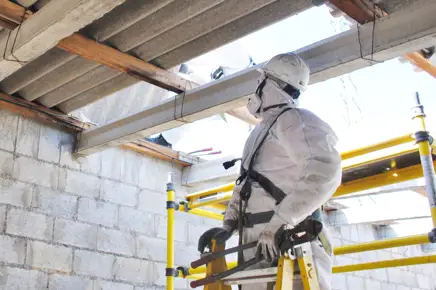
Managing Asbestos in Soils – CGL is using emerging techniques to develop a risk-based approach to manage the hazards presented by asbestos in soil. These include:
- Specialist laboratory techniques such as Dustiness Testing
- Using CIRIA risk assessment guidance in development situations
- Undertaking reassurance air monitoring during site investigations and construction activities
We have used these techniques in multiple schemes with approval by regulators and building warrantors for the assessments undertaken and mitigation measures adopted. This has enabled soils containing low quantities of asbestos to be reused within a development, avoiding the costs of remediation or removal from the site.
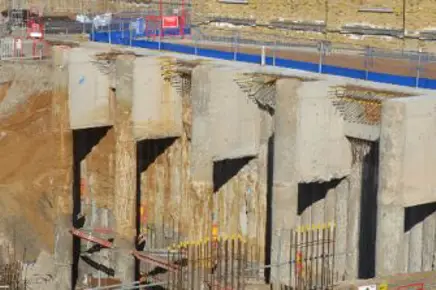
Buttress piles in temporary works – CGL developed a solution that enabled cost-effective and programme-reducing construction of a double basement at Prince of Wales Drive, Battersea. CGL designed buttress piles to support a retaining wall for a double-level basement excavation next to sensitive infrastructure, including a gas pressure reduction system which is situated above a future London Underground line. The piles extend 10.5m above the formation level freeing the working area within the basement from the obstructions of a conventional propping solution. Our solution generated significant interest within the construction community on social media, was presented at the 2017 Basements and Underground Structures Conference and was shortlisted for a Ground Engineering award in 2018.
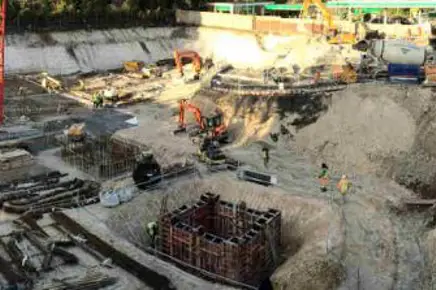
Basement excavation in chalk – the original project proposal for the Subsea 7 headquarters included a contiguous pile wall solution to prevent ground movement beneath a Network Rail line beside this double-basement development in chalk. Our detailed analysis showed a cost-saving combination of open-cut excavation and king posts with robust monitoring controls could be used with observational methods to manage risks of movement. The project won an award from Ground Engineering in 2016.
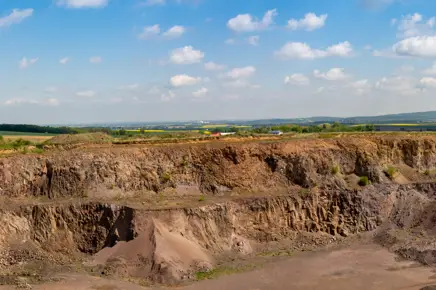
Management of ground gas risks – CGL reviewed early investigations at Newcross Quarry in Devon, which had identified significant risks from ground gas. We installed monitoring wells within targeted response zones in the quarry backfill. The source of the ground gas was identified to be the lignite which had been concentrated from within the natural soils as part of the ball clay processing. We then designed and verified appropriate gas protection measures that enabled the site to be used for residential development.
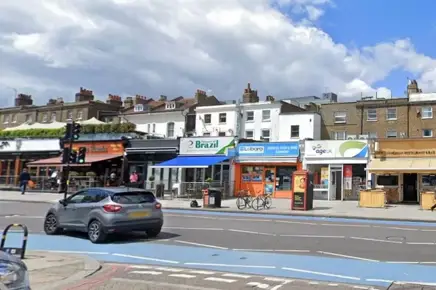
Reuse of foundations – our detailed investigations determined the condition of the existing concrete piles beneath offices at Lambeth High Street. The building was planned for redevelopment into an 11-storey residential building with a piled raft which would require additional 20m piles to support the load.
Using the information gained from historical construction records, we demonstrated the viability of piled raft designs for the new building. Our modelling using PLAXIS 3D software showed no new piles would be required, and critically, our conclusions were accepted by NHBC. Overall, our analysis has considerably reduced foundation and basement costs, shortened the construction programme and minimised the use of new materials for the project.
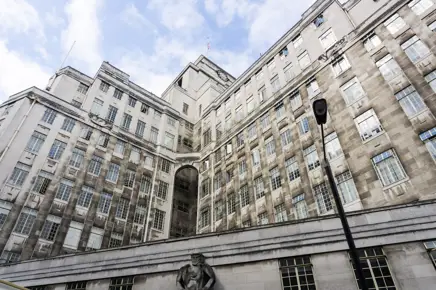
Safe investigation of subterranean vaults – we carried out pre-demolition ground investigations at the famous New Scotland Yard building in central London, which is being redeveloped. Historical maps showed that vaults were once constructed beneath the road in front of the building with no record of their final condition. Opening the vaults from above to investigate them had safety risks so we developed a “keyhole” technique of drilling into the side of the vaults from the basement and inserting a probe capable of scanning the interior with 3D modelling by advanced software. Our work on this project is a finalist for the Ground Investigation Project of the Year award by Ground Engineering in 2017.
We have had a historical commitment to innovation when projects require new solutions. Other examples include:
- Establishing ground gas protection using combined exit and inlet venting solutions at New Providence Wharf
- Innovative use of plastic sheet piles as part of flood and contamination defence solution at Worthing beach
Overall, our analysis has considerably reduced foundation and basement costs, shortened the construction programme and minimised the use of new materials for the project.

